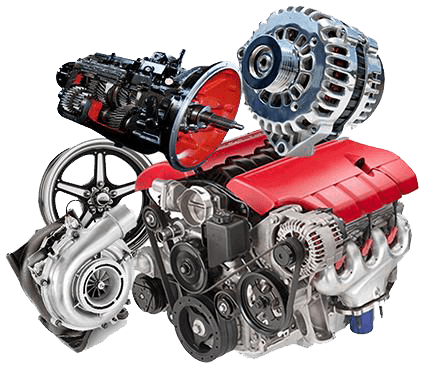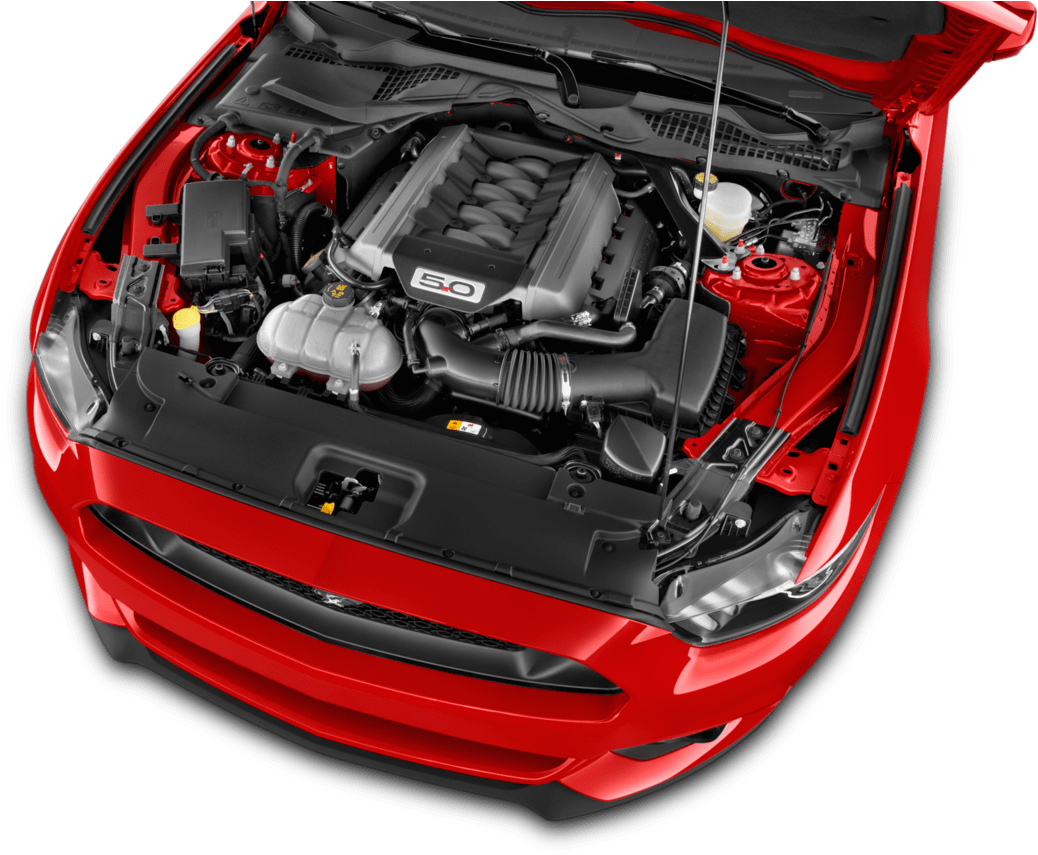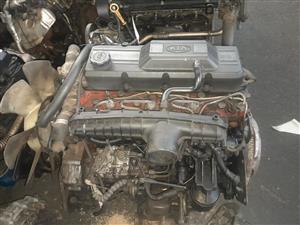Where to Locate the most effective Opel Corsa Engine for Replacement
Where to Locate the most effective Opel Corsa Engine for Replacement
Blog Article
Checking Out the Inner Workings of a Compact Automobile's Engine System
As drivers, we often take for given the elaborate processes that occur within the confines of our vehicle's engine system. In this exploration of a portable automobile's engine system, we will certainly decipher the internal workings of this mechanical harmony, losing light on the secrets that drive us ahead on our everyday trips.
Burning Process Summary
The burning procedure in a portable automobile's engine system is a critical system that successfully transforms gas right into power to power the car. This process happens within the combustion chamber of the engine, where gas and air mix, spark, and generate regulated explosions. The burning procedure includes 4 main stages: consumption, exhaust, compression, and power.
During the intake stage, the piston relocates downward, pulling in a mixture of air and fuel right into the combustion chamber. The next phase, compression, involves the piston relocating up, pressing the air-fuel mixture to boost its strength. Ultimately, in the power phase, the ignition system fires up the compressed mix, resulting in a fast growth of gases that compels the piston back down. This downward motion produces the power required to drive the car. Lastly, in the exhaust stage, the scorched gases are eliminated from the combustion chamber through the exhaust valve, preparing the chamber for the next cycle. This cyclic burning procedure is essential to the operation of a portable lorry's engine system, ensuring efficient energy conversion for propulsion.
Piston and Cylinder Interaction

The piston's specific fit within the cyndrical tube is necessary for preserving optimum compression and preventing power loss during burning. Limited clearances in between the piston and cylinder walls guarantee effective sealing, enabling the piston to move efficiently without allowing gases to leak past. Proper lubrication is likewise crucial to minimize rubbing and use between these elements, enhancing longevity and performance.
Moreover, the style and materials made use of in manufacturing the piston and cylinder effect engine performance and sturdiness. Modern engines often use lightweight yet long lasting products like light weight aluminum alloys for pistons and cylinder linings to minimize inertia and boost thermal effectiveness. On the whole, the harmonious communication between the piston and cyndrical tube is basic to the engine's performance and general efficiency.
Gas Injection System Capability
Fuel injection systems in portable lorry engines play a vital role in precisely providing fuel to the burning chamber for controlled and effective ignition. The fuel shot system functions by injecting gas into the combustion chamber at the optimum minute during the engine's operation (opel corsa engine). This accurate timing makes sure that the gas blends uniformly with the air for appropriate combustion, bring about enhanced gas link effectiveness and lowered exhausts
There are mainly 2 sorts of gas injection systems used in portable car engines: port gas shot (PFI) and straight gas shot (DFI) PFI systems infuse fuel into the consumption port before the intake shutoff, while DFI systems inject gas directly into the combustion chamber. Both systems have their benefits, with DFI using much better gas atomization and PFI providing a much more cost-efficient service.
Understanding Engine Cooling Mechanisms
Reliable procedure of a small vehicle's engine counts greatly on the efficiency of its cooling systems. The air conditioning system in a portable lorry typically consists of numerous elements functioning together to regulate the engine temperature level. Comprehending these engine air conditioning systems is crucial for preserving the efficiency and longevity of a small automobile's engine system.

Exhaust System Components Explained
The ideal functioning of a portable automobile's engine air conditioning systems depends upon a complementary system recognized as the exhaust system, which comprises various essential elements for guaranteeing reliable exhausts and engine performance. The exhaust system consists of components such as the exhaust manifold, catalytic converter, muffler, and tailpipe. The exhaust manifold collects exhaust gases from the engine's courses and cylinders them to the catalytic converter. The catalytic converter then converts unsafe contaminants in the exhaust right into less damaging emissions prior to releasing them with the muffler and tailpipe.
One crucial element of the exhaust system is the oxygen sensing unit, which keeps track of the oxygen degrees in the exhaust gases to help control gas usage and ensure ideal engine efficiency. opel corsa engine. In addition, the resonator may be existing in look at here some exhaust systems to lower noise levels. Generally, the exhaust system plays a vital duty in maintaining engine effectiveness, lowering hazardous discharges, and making certain a quieter driving experience for compact vehicle owners

Verdict
In conclusion, the small lorry's engine system is a complex combination of elements that function with each other to facilitate the burning process, convert fuel into power, and eliminate waste gases. Understanding the inner workings of the engine system, including the piston and cylinder interaction, fuel injection system, engine cooling systems, and exhaust system elements, is critical for keeping optimal performance and efficiency of the car.
The burning procedure in a compact vehicle's engine official source system is an important system that successfully transforms gas into power to power the automobile.Fuel injection systems in portable vehicle engines play an essential function in specifically supplying fuel to the burning chamber for regulated and reliable ignition.There are largely 2 kinds of gas shot systems made use of in compact car engines: port fuel injection (PFI) and direct gas shot (DFI) Comprehending these engine cooling mechanisms is vital for keeping the efficiency and durability of a compact lorry's engine system.
The ideal functioning of a portable automobile's engine cooling systems depends on a complementary system recognized as the exhaust system, which consists of different necessary components for making sure efficient exhausts and engine efficiency.
Report this page